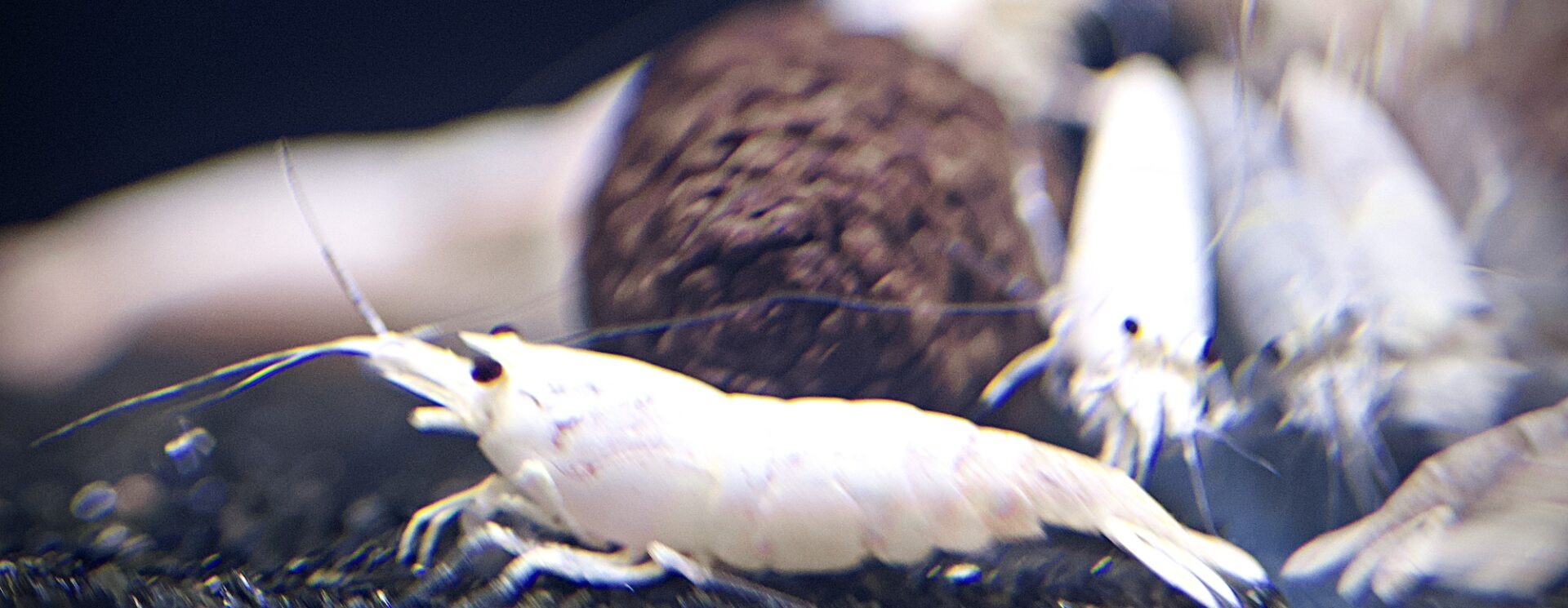What is Acclimation and Why It’s Important
The temptation to immediately drop your new shrimp into their new home is hard to resist. But proper acclimation and maintenance are critical for the health and survival of Caridina shrimp. Acclimation is the process of gradually introducing shrimp to new water conditions to prevent shock from sudden changes in temperature, pH, and other water parameters. This careful transition is essential because shrimp are highly sensitive to their environment, and abrupt changes can lead to stress, disease, and even death.Effective acclimation involves techniques such as the drip method, which slowly introduces the shrimp to the new water, allowing them to adjust gradually. This method helps to minimize the risk of osmotic shock, a condition that can occur when shrimp are suddenly exposed to water with different chemical properties than what they are accustomed to. Understanding and implementing proper acclimation and maintenance protocols significantly improve their survival rates.
How to Acclimate New Shrimp
Materials
1. Quart sized container – any plastic aquarium-safe container will do. Ideally, this container is used only for shrimp acclimation and nothing else. 2. Airline tubing 3. Shrimp Net 4. Control/Barb Valve (optional) 5. Clips to secure the tubing to the container and tank (optional)
Drip Acclimation Technique
Preparing the Containers
Start by selecting a clean quart-sized container to hold the new shrimp. Make sure it is large enough to accommodate the shrimp and allow for a gradual increase in water volume.
Setting up the Drip System
Use a piece of airline tubing to create a drip system. Secure one end of the tubing in the tank and use a control valve or a simple knot to regulate the flow of water. The other end should be placed in the container holding the shrimp.
Slowly Introducing Tank Water
Start the drip acclimation process by allowing water from the tank to drip into the container at a rate of 1-2 drops per second. This gradual introduction helps the shrimp adjust to the new water parameters, such as pH, temperature, and total dissolved solids (TDS). When the container is full (which should take between 30-60 minutes), dump out most of the water and continue drip acclimating until the container is half full.
Releasing Shrimp into the Tank
Once the container has been filled and emptied twice, gently transfer the shrimp into their new home with a net. Avoid adding any water from the shipping bag to the tank to prevent the introduction of potential contaminants and changes to your tank’s water parameters.
Ongoing Tank Maintenance
Once your Caridina shrimp have been properly acclimated and introduced to their new environment, ongoing tank maintenance becomes crucial to ensure their continued health and well-being. Regular maintenance tasks include monitoring water parameters, performing routine water changes, and keeping the tank clean and free from excess waste. Maintaining stable water conditions is essential for preventing the buildup of harmful toxins such as ammonia and nitrites, which can be detrimental to your shrimp.
Top-offs and Water Changes
Weekly Top-Offs
Regular “top-offs” in a shrimp tank, replacing evaporated RO water weekly, play a vital role in stabilizing water parameters and preventing fluctuations in water chemistry. To illustrate, consider a pot of soup left to simmer uncovered. As water evaporates, the soup becomes more concentrated, akin to the increasing concentration of dissolved minerals in the tank water. Without replenishing the water, the soup becomes overly salty.Similarly, in a shrimp tank, evaporation leads to a rise in dissolved compounds, potentially disrupting pH, GH, KH, and other critical parameters, which can harm the shrimp. Adding fresh RO water weekly, without GH+ remineralizer, helps dilute the concentration of dissolved compounds, ensuring stable water conditions conducive to shrimp health.
Bi-Weekly Water Changes
Water changes are equally crucial for maintaining long-term tank health. Shrimp produce waste through feeding and excretion, which can alter tank parameters over time. Regular water changes, siphoning out 10-20% of the water every two weeks and replacing it with fresh water, help remove accumulated nitrates and waste products. Unlike evaporation, water changes also remove minerals from the tank. When performing a water change, it’s essential to match the TDS and temperature of the new water to that of the existing tank water. To adjust the TDS of RO water, use GH+ remineralizer to match the tank’s TDS. Alternating between top-offs and water changes on a weekly basis is recommended. Whether conducting a top-off or water change, slowly drip-acclimate the new water into the tank at a rate of 2 drops per second to avoid sudden disturbances in water parameters. Additionally, adding a small amount of W Shrimps Premium Biological Probiotic Cycling Powder to the water surface helps maintain healthy microfauna and beneficial tank bacteria.
Maintaining Water Quality
Optimal Parameters (TDS, pH, GH, KH, Temperature)
Maintain the following optimal parameters for Caridina shrimp: TDS between 100-120 ppm, pH 5.4-6.2 GH 4-5, KH 0-1, and temperature 60-72°F (16-22°C). Regular testing is essential to ensure these parameters remain stable.
Role of Plants (Mosses, Floating Plants)
Incorporate plants such as mosses and floating plants into the tank. They help absorb excess nutrients, provide hiding spots, and enhance the overall health of the ecosystem.










